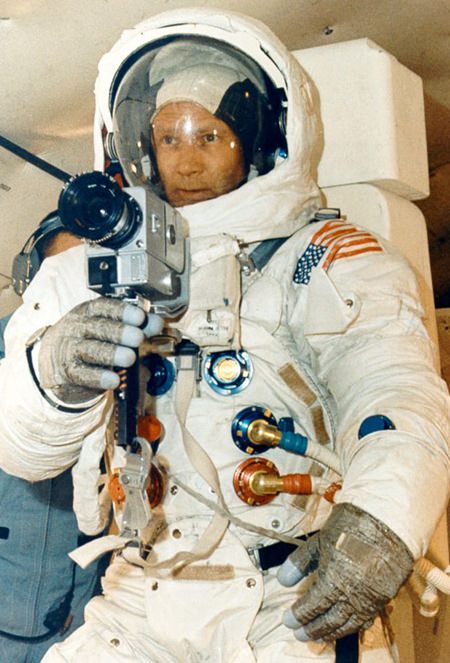
As a pro photographer it was almost mandatory that you have a medium format camera. There was no getting away from the fact that to show an art director a 6 cm x 6 cm transparency on the light box was much more impressive than squinting at a 35 mm slide. Mind you, when you dropped a 5 inch x 4 inch transparency down beside them, it looked more impressive again.
So if bigger is better, or size matters or suchlike, why did we not use 5×4 all the time? Size of the camera and ease of use covers all that. While I have taken a 5×4 on location, it practically required a team of native porters to carry it, the film holders and light-proof bags and the tripod and compendium. No, 5×4 is wonderful in the studio and impractical in the wild (unless your name is Ansel Adams and you are prepared to wait days to get the clouds in the right place).
Having decided that medium format was going to be needed and that it was much more practical than 5×4, it was necessary to see what was on the market and how did I find them in use. Fortunately, since there was quite a nest of photographers in my local area it was possible for me to try out various models before taking the plunge myself.
The first was the Pentax 6×7. I was initially attracted to the fact that it was like a larger 35 mm camera. A full range of lenses were available from fish-eye to 1000 mm telephoto. I was sure it was going to be ‘my’ camera – till I used it! The sheer physical size of the thing made it unwieldy. 184 mm wide, 149 mm high and 156 mm deep (and that is the body only). And what did it weigh? A whopping 2.4 kg, that’s what. Then there was the delay between depressing the shutter and the horrible ‘thunk’ inside as it all happened, the shutter shuddered and the mirror clanked on its way out of the way! No, it wasn’t a Pentax 6×7.
I then tried the Mamiya RB 67 Pro-S. This is not like a 35 mm camera, but rather like a large box with a film holder on the back and a viewing screen on the top. Difficult to get used to initially, but it certainly took sharp photos, but the interlocks eventually wore me down. To take verticals or horizontals with this 6×7 camera you had to flick levers and turn backing plates – it was all too fiddly, though there are pro photographers out there who swear by their Mamiyas.
However, the medium format camera that everyone spoke about in hushed tones were the Hasselblads. These had the largest system with four cameras, over 20 lenses and interchangeable backs, including Polaroid. You can practically photograph anything with a Hasselblad, and even though it is medium format (which they did on the moon), and even the motor-driven ones are not as heavy as the Pentax. While there is a waist level view finder, most photographers opt for the metering prism viewfinder which was so accurate you could almost dispense with light meters. It really was the case of a quick adjustment, trial with Polaroid, and if it was OK, blast away.
I have to admit I loved my ‘Blads’, but as the years rolled on and 35 mm film became even sharper, the need for medium format became less. Even the art directors began to see that unless you wanted to blow the image up to the size of the side of a house, 35 mm was quite satisfactory.
But there was still a great satisfaction to be had from using the 6×6 camera and looking at the gorgeous transparencies. Unfortunately, except for some very specific reasons, medium format has been superceded and now with the digital revolution will soon be museum pieces. However, if you ever do see a medium format camera going for sensible money, do buy it. You will get a satisfaction from your photography that is hard to beat, especially compared to today’s auto-everything electronic marvels.
 |
 |
 |





